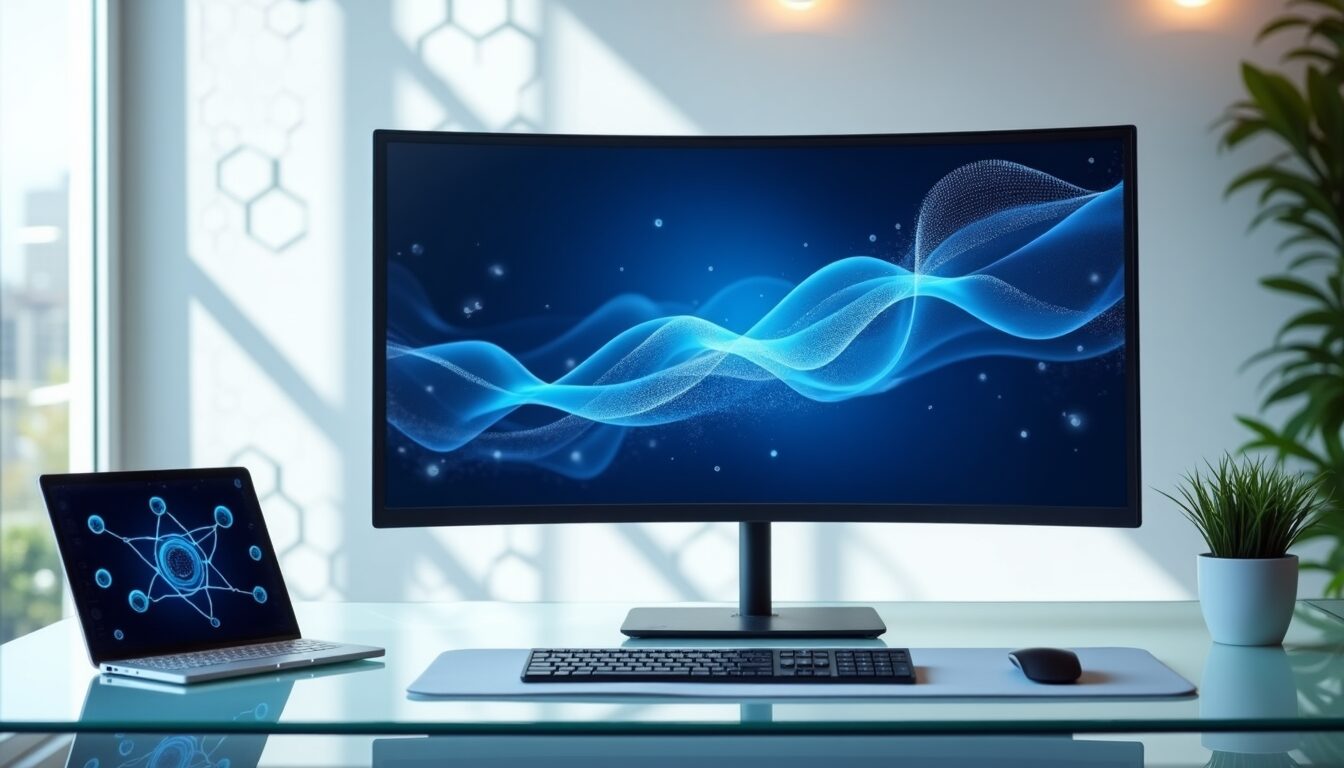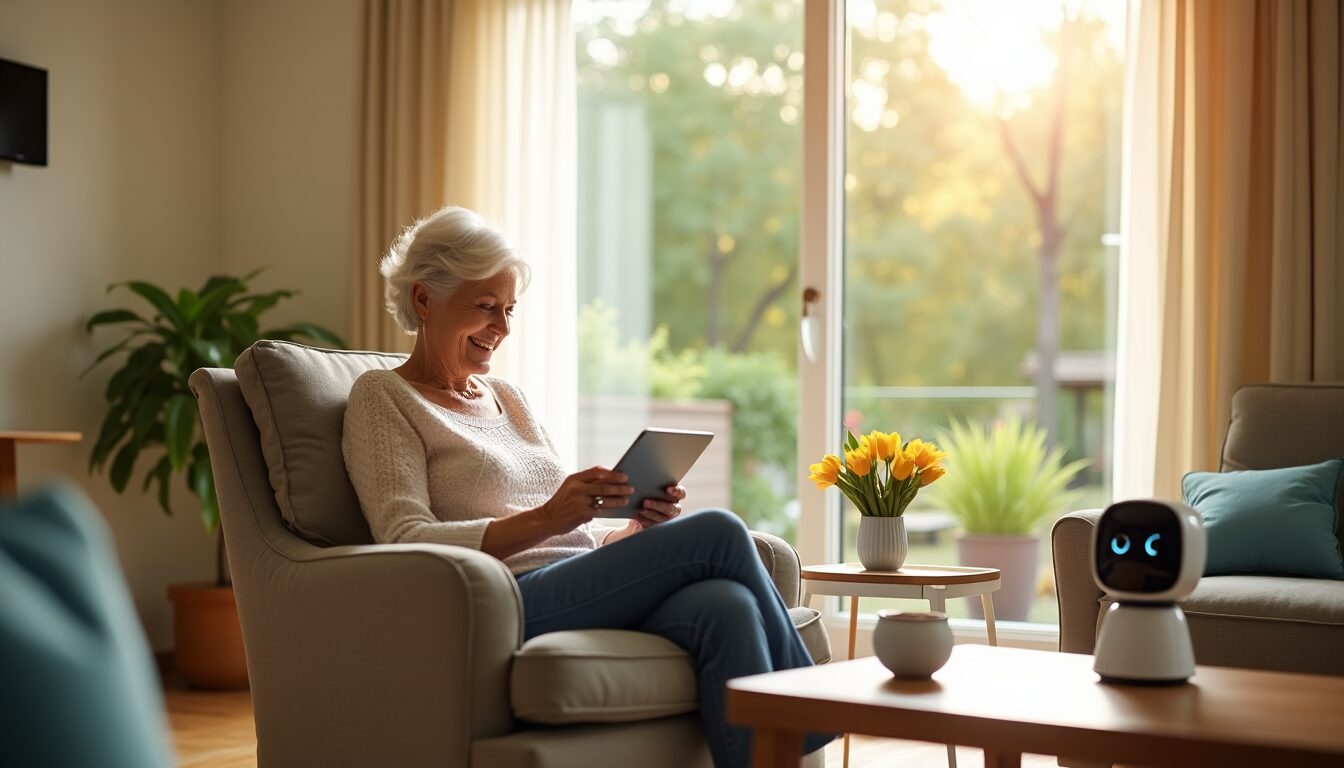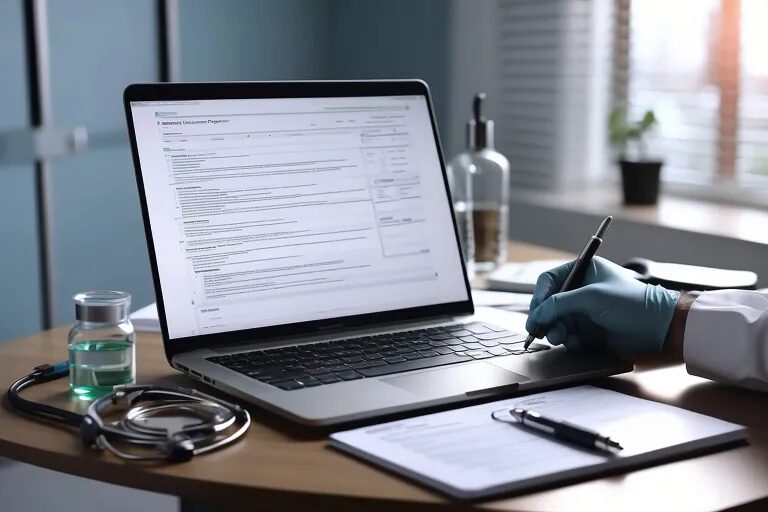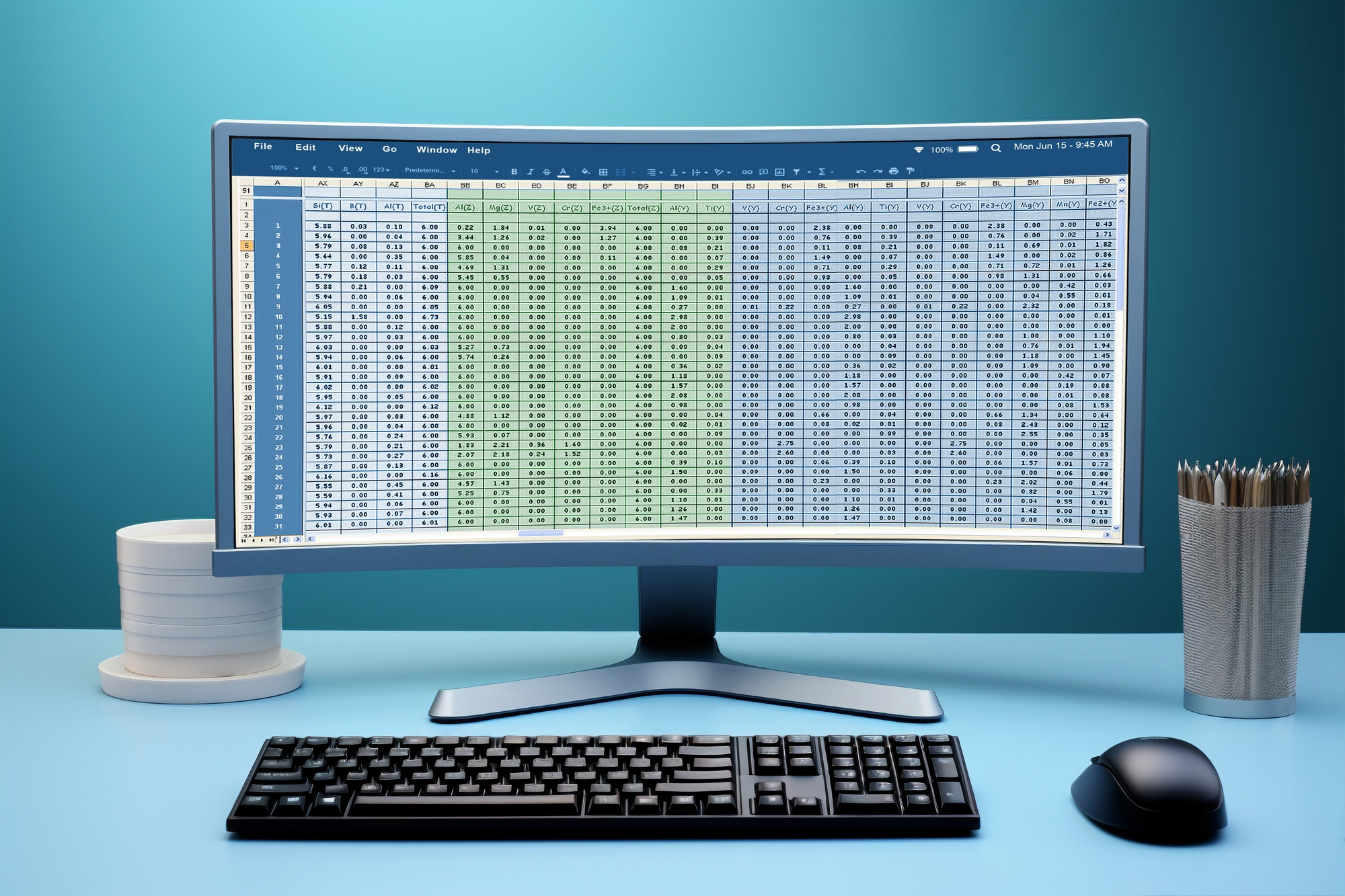
A-Z of DME HCPCS Codes: Your Complete List and Guide
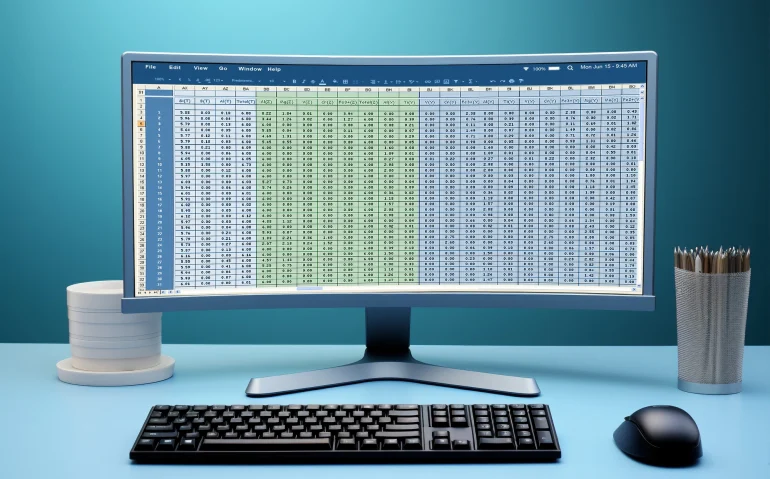
This article aims to guide through the A-Z of DME HCPCS codes, offering a complete list and guide that spans from ambulation devices to oxygen equipment and monitoring supplies. We’ll explore categories such as bath and bathroom equipment, bed and bedroom equipment, chairs, wheelchairs, and accessories, in addition to addressing the specifics of oxygen and respiratory care, rehabilitation equipment, and more specialized use. Each section is designed to provide healthcare providers and billing specialists with the knowledge needed to navigate the HCPCS codes list efficiently, ensuring compliance, streamlining billing processes, and ultimately, supporting patient care.
Overview of DME HCPCS Codes
In the United States, healthcare insurers process over 5 billion claims for payment annually. To manage this volume efficiently, standardized coding systems like the Healthcare Common Procedure Coding System (HCPCS) are indispensable. They enable Medicare and other health insurance programs to process claims in a consistent manner. The HCPCS is divided into two main subsystems: Level I and Level II.
Definition of DME
Durable Medical Equipment (DME) encompasses items essential for patients requiring medical care. This includes a wide range of equipment such as wheelchairs, oxygen supplies, and other medical necessities that are designed for repeated use. DME is distinguished by its durability and the role it plays in aiding patient care outside of hospital settings.
Importance of HCPCS Codes
HCPCS Level II codes play a critical role in healthcare billing and reimbursement processes. These alpha-numeric codes, consisting of a single alphabetical letter followed by four numeric digits, are primarily used to identify products, supplies, and services not included in the Current Procedural Terminology (CPT®) codes. This includes ambulance services, durable medical equipment, prosthetics, orthotics, and supplies (DMEPOS) when used outside a physician’s office. The establishment of HCPCS Level II codes enables providers and suppliers to submit claims for these items, ensuring that Medicare and other insurers can cover a variety of services, supplies, and equipment not identified by CPT® codes.
How HCPCS Codes Are Assigned
The Centers for Medicare & Medicaid Services (CMS) maintains HCPCS Level II codes, overseeing decisions about additions, revisions, and deletions. The coding system, which began in the 1980s, has evolved to include uniform national definitions of services, codes to represent services, and payment modifiers. The responsibility of assigning individual DMEPOS products to HCPCS code categories for billing Medicare falls to the Pricing, Data Analysis and Coding (PDAC) contractor, with input from the Durable Medical Equipment Medicare Administrative Contractors (DME MACs). Manufacturers and other entities do not possess the authority to assign their own code determinations to specific products. Instead, when a product undergoes formal review by the PDAC, the manufacturer is informed of the correct coding to be used for Medicare billing purposes through a code verification review letter. This ensures that claims are correctly coded, facilitating proper claim determination and reimbursement.
For those navigating the complexities of DME billing, understanding HCPCS codes is essential. Companies like Wenour provide specialized DME billing outsourcing services across the USA, assisting healthcare providers and suppliers in ensuring accurate coding and compliance, thereby streamlining the billing process and supporting patient care.
Ambulation Devices
Types of Ambulation Devices
Ambulation devices are essential tools that aid individuals in walking or moving around. These devices include canes, crutches, walkers, and wheelchairs, each serving specific needs based on the user’s condition and mobility requirements.
- Canes provide balance support for those who can walk but need additional stability. Canes come in various forms, including adjustable or fixed styles made from different materials to suit individual preferences and needs.
- Crutches are used by individuals who need to transfer weight from their legs to their upper body. These are available in forearm or underarm styles, with adjustments for height to ensure user comfort and effectiveness.
- Walkers offer significant support and stability for users who require more assistance than a cane provides. They come in several types, including rigid, folding, wheeled, and those with special features like trunk support or enclosed frames.
- Wheelchairs and scooters are for individuals who cannot walk or who can only walk with great difficulty. These devices provide mobility and enhance independence, with various options available to cater to different disabilities and lifestyle needs.
Common HCPCS Codes for Ambulation Devices
HCPCS codes are crucial for the proper documentation and billing of medical equipment, including ambulation devices. Each device type has specific codes assigned to ensure accurate and efficient processing of insurance claims.
Canes:
- E0100: Cane, all materials, adjustable or fixed with tip
- E0105: Cane, quad or three prong, all materials, adjustable or fixed with tips
Crutches:
- E0110: Crutches, forearm, all materials, adjustable or fixed, complete with tips and handgrips, pair
- E0111: Crutches, forearm, adjustable or fixed, with tip and handgrip, each
Walkers:
- E0130: Walker, rigid (pickup), [adjustable or fixed height, each](https://hcpf.colorado.gov/dme-hcpcs)
- E0143: Walker, folding, wheeled, adjustable or fixed height
Wheelchairs:
- Information on specific HCPCS codes for various wheelchair types highlights the importance of selecting the appropriate wheelchair to ensure safety, proper positioning, and enhanced mobility for the user. Adjustments like seat angle and the inclusion of pressure relief strategies are critical for preventing injuries and improving overall function.
For healthcare providers and billing specialists, understanding these codes is not just about compliance; it’s about ensuring that patients receive the support they need.
Bath and Bathroom Equipment
Common Types of Bath and Bathroom Equipment
Bath and bathroom equipment are essential for individuals who require support during bathing due to mobility issues, disabilities, or age-related concerns. This equipment is designed to provide safety, prevent injuries, and enhance independence during personal hygiene tasks. Here are some of the common types of bath and bathroom equipment:
- Bath/Shower Chairs: These chairs offer stability and support for individuals who cannot stand for long periods. They come with or without wheels and are available in various sizes to accommodate different needs.
- Commode Chairs: Available in mobile or stationary models, commode chairs are equipped with either fixed or detachable arms. They are designed to assist individuals with limited mobility and can be used over a toilet or as a standalone unit.
- Raised Toilet Seats: By increasing the height of the toilet, raised toilet seats make it easier for individuals to sit down and stand up, reducing strain and enhancing comfort.
- Transfer Benches: These benches are used to facilitate safe transfers into and out of the bathtub. They are available in standard and heavy-duty models, some of which include commode openings.
- Grab Bars and Rails: Installed in strategic places within the bathroom, such as beside the toilet and inside the bathtub, these aids provide additional support for safe movement and transitions.
Relevant HCPCS Codes
For healthcare providers and billing specialists, understanding the HCPCS codes associated with bath and bathroom equipment is crucial for accurate documentation and reimbursement. Below are the HCPCS codes for the equipment listed above:
- Bath/Shower Chairs:
- E0240: Bath/shower chair, with or without wheels, any size
- E0245: Tub stool or bench
- Commode Chairs:
- E0163: Commode chair, mobile or stationary, with fixed arms
- E0165: Commode chair, mobile or stationary, with detachable arms
- E0168: Extra wide and/or heavy duty commode chair, stationary or mobile
- Raised Toilet Seats:
- E0244: Raised toilet seat
- Transfer Benches:
- Grab Bars and Rails:
- E0241: Bath tub wall rail, each
- E0242: Bath tub rail, floor base
- E0243: Toilet rail, each
For those navigating the complexities of DME billing, companies like Wenour provide specialized DME billing outsourcing services across the USA, assisting healthcare providers and suppliers in ensuring accurate coding and compliance, thereby streamlining the billing process and supporting patient care.
Bed and Bedroom Equipment
Overview of Bed and Bedroom Equipment
Bed and bedroom equipment plays a crucial role in providing comfort and support for individuals with medical needs, allowing them to remain in their homes rather than moving to care facilities. Durable Medical Equipment (DME) for the bedroom includes a variety of items that can be either purchased or rented, depending on the patient’s requirements and the anticipated length of need. This flexibility helps accommodate people with chronic conditions, severe injuries, or those experiencing changes due to aging, ensuring their safety and comfort while staying at home.
A standard template for ordering hospital beds, which are a significant component of bedroom DME, includes specifying the equipment description, anticipated length of need, and patient demographics. This structured approach ensures that all necessary details are covered, from the type of bed required to the patient’s specific medical diagnosis.
Associated HCPCS Codes
The Healthcare Common Procedure Coding System (HCPCS) provides a comprehensive list of codes for various types of hospital beds and related supplies, facilitating accurate billing and reimbursement processes. Here are some of the key HCPCS codes for bed and bedroom equipment:
- E0250: Hospital bed, fixed height, with any type side rails, with mattress
- E0260: Hospital bed, semi-electric (head and foot adjustment), with any type side rails, with mattress
- E0265: Hospital bed, total electric (head, foot, and height adjustments), with any type side rails, with mattress
- E0270: Hospital bed, institutional type includes oscillating, circulating, and Stryker frame, with mattress
- E0271: Mattress, innerspring
Additional specialized equipment includes:
- E0621: Sling or seat, patient lift, canvas or nylon, which is part of patient lifts and support systems
- E0635: Patient lift, electric with seat or sling, aiding in the safe transfer and mobility of patients within the bedroom setting
For healthcare providers and billing specialists, understanding these codes is essential for ensuring that patients receive the necessary equipment while also facilitating proper insurance claim processing. Companies like Wenour, specializing in DME billing outsourcing services across the USA, play a vital role in this process by providing expertise in navigating these complex requirements.
Chairs, Wheelchairs, and Accessories
Types of Wheelchairs and Accessories
Wheelchairs are categorized into manual wheelchairs and power mobility devices (PMDs), which include power wheelchairs (PWCs), power operated vehicles (POVs), and push rim activated power assist devices (PADs). Each type is designed to meet specific medical needs based on the user’s mobility and health condition.
- Manual Wheelchairs: These are necessary when specific criteria are met, ensuring the wheelchair is suitable for the user’s medical and mobility requirements.
- Powered Mobility Devices (PMDs): These are covered when they satisfy established medical criteria, providing enhanced mobility to individuals with severe mobility restrictions.
- Accessories: Wheelchair accessories range from seating and positioning components to various supports and electronic devices that enhance the functionality and comfort of the wheelchair. Common accessories include trays, heel and toe loops, thigh supports, and headrests.
Popular HCPCS Codes for Wheelchairs
The Healthcare Common Procedure Coding System (HCPCS) codes for wheelchairs and their accessories are essential for healthcare billing and ensuring patients receive the required mobility aids. Here are some of the prevalent HCPCS codes:
- E0950: Wheelchair accessory, tray, each
- E0951: Heel loop/holder, any type, with or without ankle strap, each
- E0952: Toe loop/holder, any type, each
- E0953: Wheelchair accessory, lateral thigh or knee support, any type including fixed mounting hardware, each
- E0954: Wheelchair accessory, foot box, any type, includes attachment and mounting hardware, each foot
- E0955: Wheelchair accessory, headrest, cushioned, any type, including fixed mounting hardware, each
- E0956: Wheelchair accessory, lateral trunk or hip support, any type, including fixed mounting hardware, each
- E0957: Wheelchair accessory, medial thigh support, any type, including fixed mounting hardware, each
- E0958: Manual wheelchair accessory, one-arm drive attachment, each
- E0959: Manual wheelchair accessory, adapter for amputee, each
- E1038: Transport chair adult size with a weight capacity of up to 300 pounds
- E1161: Manual adult size wheelchair
For healthcare providers and billing specialists, understanding these HCPCS codes is crucial for accurate documentation and reimbursement. Companies like Wenour, specializing in DME billing outsourcing services across the USA, provide essential support in navigating these complex requirements to streamline the billing process and enhance patient care.
Oxygen and Respiratory Care
Overview of Oxygen and Respiratory Devices
Oxygen and respiratory care equipment is essential in managing various medical conditions that affect breathing, such as chronic obstructive pulmonary disease (COPD), asthma, and sleep apnea. This equipment includes devices that deliver oxygen, assist with breathing, or help improve lung function. Key items within this category encompass oxygen concentrators, CPAP machines, ventilators, and nebulizers, each designed to address specific patient needs.
Durable Medical Equipment (DME) related to oxygen and respiratory care must meet stringent criteria to ensure they provide the necessary support without compromising safety. Authorization for these devices is typically granted based on the lowest cost option that adequately meets the patient’s medical requirements.
Key HCPCS Codes for Respiratory Care
The Healthcare Common Procedure Coding System (HCPCS) provides standardized codes essential for billing and insurance purposes. These codes help healthcare providers and billing entities like Wenour, which offers DME billing outsourcing services across the USA, ensure accurate and compliant billing processes.
Oxygen Delivery Systems and Related Supplies:
- E0424: Stationary compressed gas system, rental; includes container, contents, regulator, flowmeter, humidifier, nebulizer, cannula or mask, and tubing
- E0431: Portable gaseous oxygen system, rental; includes portable container, regulator, flowmeter, humidifier, cannula or mask, and tubing
- E0435: Portable liquid oxygen system, rental; includes portable container, supply reservoir, humidifier, flowmeter, refill adaptor, content gauge, cannula or mask, and tubing
- E1390: Oxygen concentrator, single delivery port, capable of delivering 85 percent or greater oxygen concentration at the prescribed flow rate
Ventilators and Related Accessories:
- E0465: Home ventilator, any type, used with invasive interface, e.g., tracheostomy tube
- E0466: Home ventilator, any type, used with non-invasive interface, e.g., mask, chest shell
- A4611: Battery, heavy duty; replacement for patient-owned ventilator
- A4612: Battery cables; replacement for patient-owned ventilator
CPAP and BiPAP Devices:
- E0601: Continuous airway pressure (CPAP/APAP) device
- E0470: Respiratory assist device, bi-level pressure capability, without backup rate feature, used with non-invasive interface, e.g., nasal or facial mask (intermittent assist device with continuous positive airway pressure device)
- E0471: Respiratory assist device, bi-level pressure capability, with backup rate feature, used with non-invasive interface, e.g., nasal or facial mask
Nebulizers and Humidifiers:
- E0570: Nebulizer, with compressor
- E0565: Compressor, air power source for equipment which is not self-contained or cylinder driven
- E0555: Humidifier, heated, used with non-invasive interface
These HCPCS codes are crucial for healthcare providers and billing specialists to accurately document and submit claims for reimbursement, ensuring that patients receive the necessary equipment for their respiratory care needs. Wenour’s expertise in DME billing can significantly aid providers in navigating these complex requirements, enhancing both compliance and patient care.
Monitoring Equipment and Supplies
Types of Monitoring Equipment
Monitoring equipment is essential for tracking various health metrics in patients who require continuous or periodic observation. These devices range from simple blood glucose monitors to complex systems like pacemakers and implantable cardiac event recorders. Here are some key types of monitoring equipment:
- Home Blood Glucose Monitors are used by patients with diabetes to monitor their blood sugar levels regularly, ensuring they remain within safe limits.
- Pacemaker Monitors check the functionality of implanted pacemakers, including battery depletion and other crucial components, ensuring the device operates correctly.
- Implantable Cardiac Event Recorders store heart rhythm data when patients experience symptoms of a cardiac event, providing valuable information for subsequent medical analysis.
- External Defibrillators with integrated electrocardiogram analysis are used in emergency situations to treat sudden cardiac arrest by analyzing the heart rhythm and, if necessary, delivering an electrical shock.
- Apnea Monitors track breathing patterns and detect interruptions in breathing, particularly useful in monitoring infants or adults with conditions that could lead to sudden apnea.
HCPCS Codes for Monitoring Supplies
Accurate documentation and billing of monitoring equipment are facilitated by specific HCPCS codes, which are essential for healthcare providers to ensure proper insurance claims processing. Below is a table highlighting key HCPCS codes for various monitoring supplies:
| HCPCS Code | Description |
|---|---|
| E0607 | Home blood glucose monitor |
| E0610 | Pacemaker monitor, self-contained, checks battery depletion, includes audible and visible check systems |
| E0615 | Pacemaker monitor, self-contained, checks battery depletion and other pacemaker components, includes digital/visible check systems |
| E0616 | Implantable cardiac event recorder with memory, activator, and programmer |
| E0617 | External defibrillator with integrated electrocardiogram analysis |
| E0618 | Apnea monitor, without recording feature |
| E0619 | Apnea monitor, with recording feature |
| E0620 | Skin piercing device for collection of capillary blood, laser, each |
For healthcare providers and billing specialists, understanding these codes is crucial not only for compliance but also for ensuring that patients receive the necessary monitoring equipment. Companies like Wenour, specializing in DME billing outsourcing services across the USA, provide essential support in navigating these complex requirements to streamline the billing process and enhance patient care.
Rehabilitation Equipment and Specialized Use
Common Rehabilitation Devices
Rehabilitation equipment is essential for enhancing patient recovery and independence. Devices range from simple aids to complex systems designed to support various physical functions. Here are some key types of rehabilitation devices:
- Jaw Motion Rehabilitation Systems (HCPCS Codes E1700-E1702): These systems are crucial for patients recovering from jaw surgeries or injuries, aiding in the restoration of normal jaw function.
- Extension/Flexion Devices (HCPCS Codes E1800-E1841): These devices assist in the rehabilitation of limb functionalities by allowing controlled movements that improve range of motion and flexibility.
- Pediatric Gait Trainers (HCPCS Codes E8000-E8002): Specifically designed for children, these trainers support the development of walking skills and enhance mobility.
- Miscellaneous Pumps and Monitors (HCPCS Codes E2000-E2120): These include various devices that support medical treatments and monitor patient progress in real-time.
- Speech Volume Modulation Systems (HCPCS Code E3000): This specialized equipment is used to aid patients with speech impairments, helping to modulate and improve their speech volume.
Specialized HCPCS Codes
For accurate billing and insurance processing, specific HCPCS codes are assigned to each rehabilitation device. These codes ensure that healthcare providers can correctly document and claim the necessary equipment for patient care. Below is a detailed list of specialized HCPCS codes related to rehabilitation equipment:
- Jaw Motion Rehabilitation Systems: E1700-E1702
- Extension/Flexion Rehabilitation Devices: E1800-E1841
- Miscellaneous Pumps and Monitors: E2000-E2120
- Speech Volume Modulation System: E3000
- Pediatric Gait Trainers: E8000-E8002
For healthcare providers and billing specialists, understanding these HCPCS codes is crucial for compliance and ensuring that patients receive the necessary rehabilitation equipment. Companies like Wenour provide specialized DME billing outsourcing services across the USA, assisting healthcare providers and suppliers in navigating these complex requirements to streamline the billing process and support patient care.
Conclusion
Throughout this comprehensive exploration of DME HCPCS codes, we’ve traversed a wide spectrum of essential medical equipment and supplies, decoding the complexities that healthcare providers must navigate to ensure accurate billing and compliance. From ambulation aids to advanced respiratory devices, the role of HCPCS codes in streamlining the billing process and enhancing patient care cannot be understated. Central to facilitating this intricate system are companies like Wenour, whose specialization in DME billing outsourcing services across the USA supports healthcare providers in navigating these complexities. Their expertise ensures that the bridge between patient care requirements and the bureaucratic facets of medical billing is not just crossed but fortified.
The significance of staying abreast with the latest HCPCS codes and understanding their application in the billing process is clear. It highlights the indispensability of accurate coding in maximizing reimbursement and minimizing compliance risks. Moreover, this journey through the A-Z of DME HCPCS codes underscores the importance of specialized DME billing services provided by entities like Wenour. Such expertise is paramount in ensuring healthcare providers can focus more on patient care and less on the administrative encumbrances of billing and compliance, ultimately supporting the delivery of efficient and effective medical services across the board.
FAQs
1. What do HCPCS codes for Durable Medical Equipment (DME) encompass? HCPCS codes for Durable Medical Equipment range from E0100 to E8002. These codes cover various items including walking aids and attachments (E0100-E0159), sitz bath equipment (E0160-E0162), commode chairs and supplies (E0163-E0175), pressure mattresses, pads, and other supplies (E0181-E0199), therapies involving heat, cold, and light (E0200-E0239), bathing supplies (E0240-E0249), and more up to E0493.
2. How can I access a comprehensive list of all CPT codes? The Centers for Medicare & Medicaid Services provide a free search tool for Relative Value Units (RVU) for each CPT code, which can be accessed online. Additionally, users can acquire a CPT/RVU Data File license from the American Medical Association (AMA) to integrate these codes and descriptions into their existing claims and medical billing systems.
3. What are HCPCS codes and how are they structured? HCPCS codes are a standardized system used to denote medical procedures, supplies, products, and services. These codes assist in the processing of health insurance claims by Medicare and other insurers. The HCPCS system is divided into two levels: Level I and Level II, where Level I covers physician-related procedures and services, and Level II includes non-physician services such as medical equipment and supplies.
4. What is involved in DME coding? DME coding refers to the use of HCPCS Level II codes specific to Durable Medical Equipment, Prosthetics, Orthotics, and Supplies (DMEPOS). This coding is crucial for manufacturers, distributors, and suppliers as it provides the necessary information for submitting claims to the Durable Medical Equipment Medicare Administrative Contractor (DME MAC).






